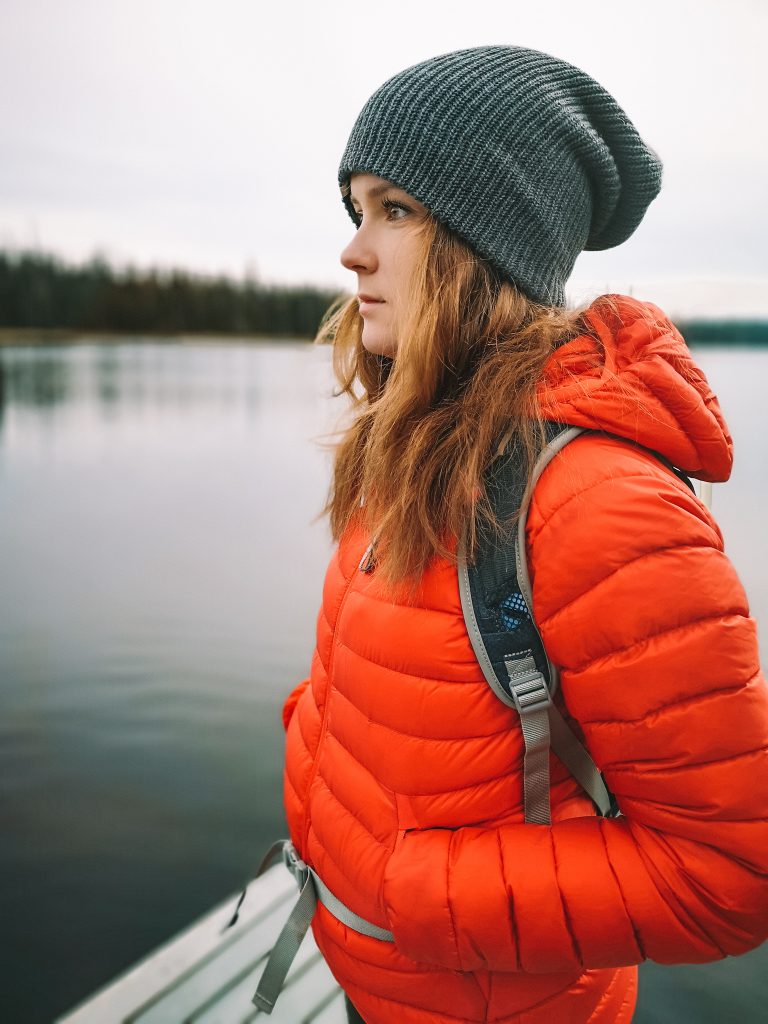“We’re educators. We’re born to make a difference.” – Rita F. Pierson
Personal Philosophy of Teaching
I decided to become a teacher because I want to make a difference in children’s lives. I love how children’s minds can be open to learning and new experiences. I aspire to interact with children daily and help them enjoy a safe environment that they can look forward to. My interest in sports and coaching created the first opportunities for me to instruct and lead, not only my peers, but also school aged children. I have always loved learning and guiding others in their learning while obtaining new skills.
To discover more about the role of an educator, I have included education courses in my post secondary studies and volunteered in elementary school classrooms regularly to gain experience. This experience lead to me applying for the education program and now, I have completed a practicum experience at a local elementary school. These opportunities have reinforced my decision to become a teacher. I truly enjoy art and my educational background will be an asset moving forward, but after volunteering in a range of elementary classrooms I have come to realize that early intermediate or late primary aged students are the age group I would most like to instruct. I believe that with the combined prior experience I have in classrooms combined with the consistent reflection on myself and my education beliefs I will become a strong teacher. I come from a family of teachers that have inspired, educated, and encouraged me to become an educator. I look at the ways that members in my family influence others around them and it continues to influence my desire to become an educator.
Three points of present educational philosophies that stick out to me are growth mindsets, inclusive education, and diversity. I truly believe that teaching begins with the relationship that teachers build with their students and that relationship grows by embodying and fostering inclusivity, diversity, and growth mindsets. By getting to know my students and building relationships with them, I will begin to recognize the diversity that is occurring in the classroom. I then hope to adjust my lesson plans to include adaptations for different types of learners in both the lessons and the community I will create in my classroom. By continually adapting and improving my teaching, I will exemplify a growth mindset that will nurture the mindsets of my students. I believe that teaching others starts with the self; the best way for students to catch on to the ideas that educators promote, is to emulate the example set by their role model.
My school experiences in the past have frequently allowed me to seize the opportunity to be a leader within my peers. I can reflect upon the types of instructors I have had in the past and develop inferences upon what a strong teacher is. By recognizing what types of educators are positively influential in the educational community I can consider their individual traits and how these influences can shape the kind of educator I wish to become. I hope to follow in the footsteps of educators that have demonstrated investment in their students’ success. A strong teacher is organized, isn’t afraid to make mistakes, but teaches with passion and ensures the children get the attention and care they need. I hope to embody these characteristics as a professional in the educational world.
As an educator I hope to embody a philosophy that embraces the differences of each class that I encounter. My philosophy has a strong emphasis on progressivism because it is so heavily focused on a child centered approach that details problem solving, curiosity, and creative self- expression. To teach effective problem solving in the classroom a teacher needs to empower their students with ownership of their learning which can be re-emphasized through consistent reminders of what growth mindsets look like. Curiosity can be encouraged through inquiry projects and classroom activities. Creative self expression can be encouraged through projects and classroom activities that require ownership of one’s own learning. By giving students the freedom to direct their own learning with some guidance, they become more invested in the concepts at hand. Students will experience more satisfaction with their learning when it is self directed.
Short Term Goals
As an educator I have a solid relationship with the students in my classroom and understand what excites my students about learning. I know that there is more to each of my students than their school persona and I celebrate that daily. I have made it a goal to incorporate more action breaks and mindfulness as this benefits students’ mental, physical, and social-emotional well being. I have watched this in action with my students as they return from recess and gym times ready and excited to learn after having getting reset with a physical activity. As an educator I recognize that the same brain breaks that are important for my students are also important for myself with teacher wellness. Students need us as educators and teacher wellness is important to prevent burnout. I make it a goal to go outside with my students at recess and embrace the kid in myself.
The curriculum has evolved to interweave the First Peoples Principles throughout modern education. I have made it a goal for myself to explore the content around the local indigenous culture and expand my knowledge as an educator. I plan on implementing more place-based learning by exploring the outdoor resources that are close to our learning environment. Not only will we be going outside, but we will also be completing hands on art activities that will help students to learn about traditional forms of artwork. My practicum experience as an emerging educator will emphasize the First Peoples Principle “Learning is holistic, reflexive, reflective, experiential, and relational (focused on connectedness, on reciprocal relationships, and a sense of place).”
